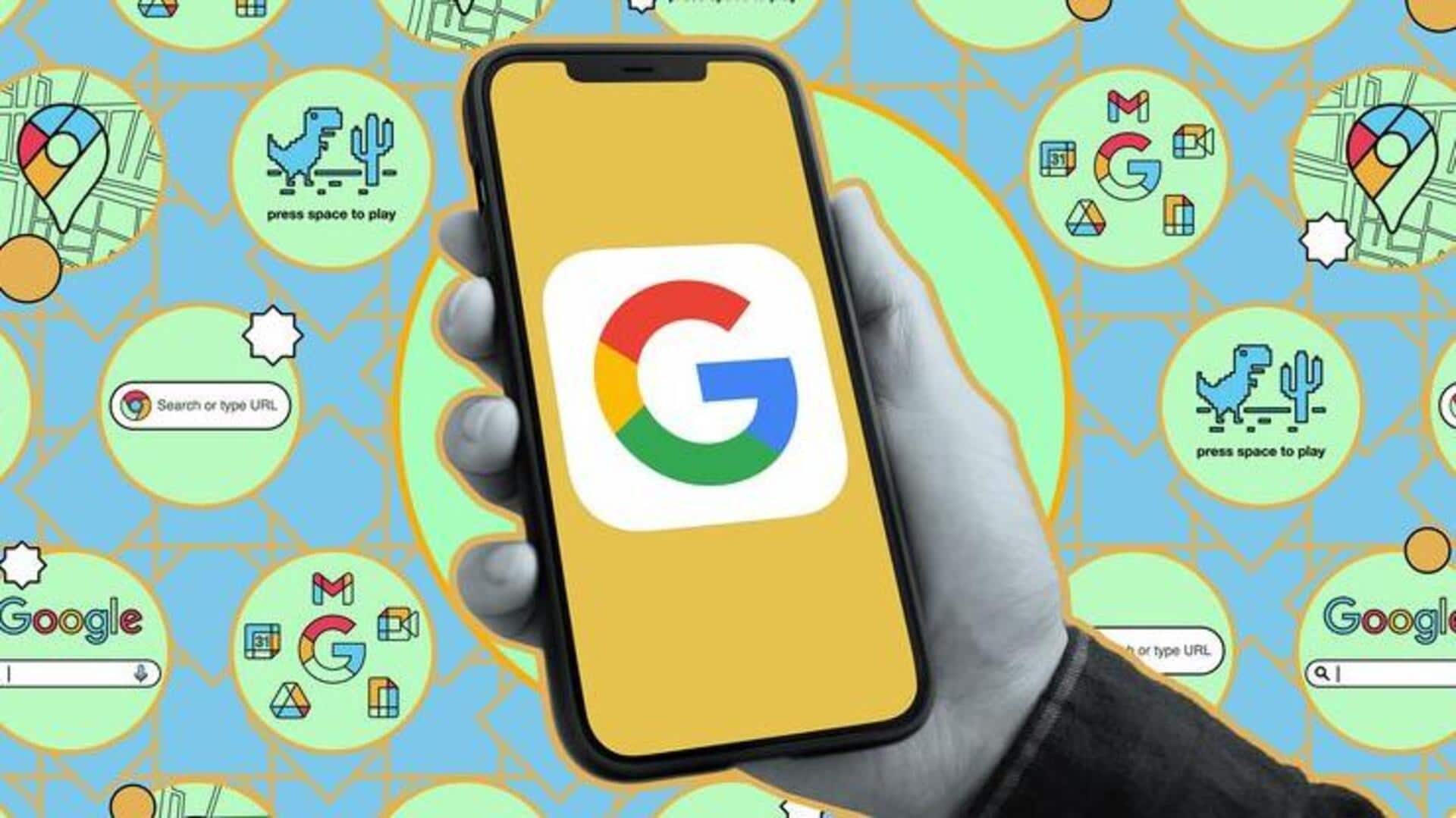
Google is encouraging passkey setup for enhanced security while logins
What's the story
Google is gearing up to encourage the use of passkeys for its first-party accounts, such as Gmail and YouTube. This development follows the company's introduction of passkeys in May. With passkeys, users can log in to their Google account by entering their username and verifying the login attempt using their device's existing password, like a PIN code, fingerprint, or facial recognition.
Details
Streamlined passkey setup process
In the past, users needed to visit g.co/passkeys to set up passkeys manually. Now, Google will show prompts for creating passkeys when users log in to their accounts. Each device, like phones, tablets, laptops, and desktops, needs a separate Google account passkey. Passkeys remove the necessity for Google's 2-Step Verification (2SV), and users can still opt to use their password over passkeys by turning off the "Skip password when possible" option. Passkeys for lost devices can be revoked through settings.
What Next?
User feedback on passkey adoption
Since its debut, Google discovered that "over 64% of our users find passkeys easier to use compared to traditional methods like passwords and 2-Step Verification (2SV)." Users also favor passkeys because they reportedly make the sign-in process "40% faster than passwords." This positive feedback suggests that passkeys could become a more popular security measure for Google account users.
Insights
Partnerships for passwordless future
Google is teaming up with partners to enable passkey usage across Chrome and Android platforms. The ultimate aim is to do away with passwords, which are prone to being shared, phished, or exposed in data breaches. Passkeys provide a more secure alternative that can't be compromised in the same way as passwords. This push for a passwordless future highlights the industry's dedication to improving user security.